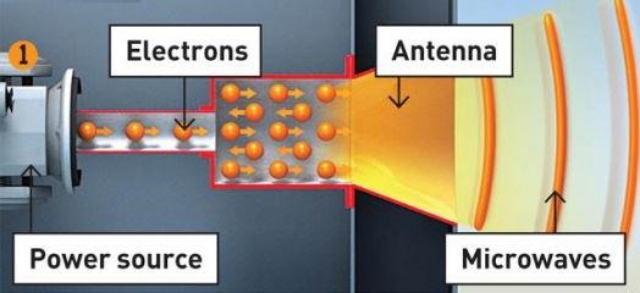Researchers at Queen’s University Belfast are developing technology that could see the drones powered by microwave beams from the ground, opening up the possibility of continuous flight.
Existing wireless power transfer (WPT) systems require very close proximity, such as the charging pads used for smartphones and electric cars, based on electromagnetic induction.
Instead, in an EPSRC-funded project, which also involves Qinetiq, the researchers are developing RF-DC technology to wirelessly transfer up to 200W over distances of around 25m, according to Dr Neil Buchanan, the project leader.
As part of the project, the researchers will be developing new wireless power transmitters and receivers, said Buchanan.
“We will be trying to send microwaves in the same way you would send a laser beam, so it needs to be focused into a fine beam,” he said. “Current technology doesn’t do that terribly well, the beam tends to be too broad.”
For the transmitter, the researchers are investigating the use of a retrodirective antenna that can automatically direct a microwave beam towards a target.
“It is an antenna that is specially designed to send energy in one particular direction, towards the target,” said Buchanan. “It has been developed for applications like satellite communication, and it’s something that we feel is transferable to wireless power.”
Small, arbitrarily spaced transmitter sub-arrays will be used to enhance the efficiency of the WPT system.
Aerospace engineers at Queen’s will be tasked with ensuring the drones are still able to fly, when equipped with a wireless power receiver.
At the end of the project, the team plan to carry out a laboratory demonstration of high efficiency microwave WPT, as well as a vertical take-off and landing, continuous flight by a drone powered by the wireless system.
As well as powering drones, the technology could potentially be scaled up to larger aircraft, among other applications, according to Norbert Sagnard, business development manager at the Centre for Wireless Innovation at Queen’s University Belfast.
Source: The Engineer

